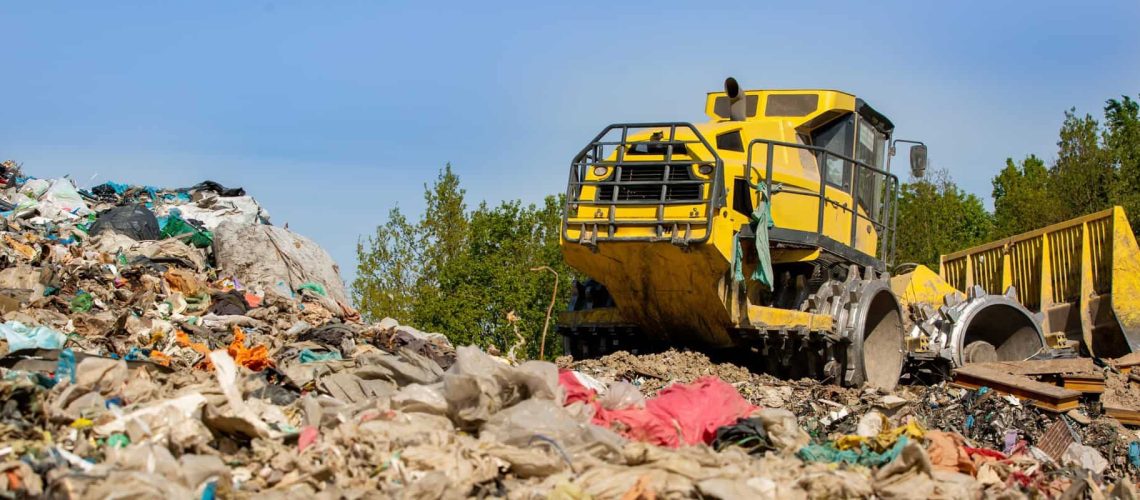CDL drivers are those drivers whose job requires them to hold a commercial driver’s license (CDL) when undertaking their duties. They play a crucially important role in many different industries, but in this article, we’re going to look at the labor outlook for CDL drivers within the waste and recycling industry, specifically where they remain one of the key contributors to the value chain.
But before we get there, it’s worth commenting briefly on the current state of the waste and recycling industry itself. Despite very challenging macroeconomic conditions and significant inflationary pressure, the waste and recycling industry has been remarkably resilient. Much of this can be attributed to the fact that waste disposal is a primary need for communities and so its demand is not that sensitive to general economic conditions.
However, while the short-term prospects remain stable, the long-term outlook is still up for debate. Advanced technology continues to threaten disruption of the status quo and the impacts of this are still to be determined.
CDL drivers within the waste and recycling industry find themselves in an interesting position as they ponder their future, and we’d like to use the rest of this article to explore this.

What does the future look like?
We’ll examine the future for this part of the labor force along three different pillars: job security, increased automation, and growth opportunities.
- Job Security. With many of the supply chain disruptions that we saw during and after the pandemic having subsided, we’ve seen job security improve slightly for CDL drivers within waste companies. Demand for the services grows with economic expansion and this helps to create more full-time driving jobs that offer stable and predictable earning potential. This is likely to increase in the short term – especially in the midst of the talent shortage that the country currently faces. Those companies that can offer high levels of job security are going to put themselves at the front of the line to hire and retain those personnel and those incentives go a long way to improving job security overall for the entire industry.
- Increased Automation. The much-talked-about counter-point to the above is the pending impact of increased automation in the waste industry and in the world more generally. It’s no secret that self-driving vehicles are on their way and with such vast resources being put behind the efforts, it would be naïve to ignore it as a threat to the jobs of drivers. But it’s equally shortsighted to proclaim this as the end of the industry.
Self-driving technology still has a long way to go until it hits true mainstream implementation, and even if the algorithms get there — it will still require a tremendous amount of social and legal engineering to allow for completely autonomous trucks to head out onto the roads in their masses.
What is more likely is that the automation will slowly creep into vehicles, taking control over long, predictable routes, and leaving the drivers to handle the initial maneuvering and the last-mile deliveries. This will undoubtedly make the driving job more pleasant, allowing drivers to be less hands-on with their vehicles, but it’s unlikely to have a major impact on jobs yet. No one really knows when this landscape will change dramatically and so it’s not worth throwing the baby out with the bathwater just yet.
- Opportunities for Growth. The most exciting opportunity for growth in this space is a push towards more widespread and more precise recycling efforts that can support our society’s desire to be more sustainable. As we become more and more aware of the negative impact we’re having on our environment, we should see recycling grow significantly, changing the paradigm for waste companies and opening up new opportunities for the CDL drivers within them. The more diverse and complex these value chains become, the more important drivers become and this is a powerful tailwind for the labor force as a whole. Combine this with the natural growth in the industry as urbanization continues and it’s clear that the outlook for CDL drivers in the space is a positive one.
Those three components are just a portion of those that will play a role in the future labor outlook for CDL drivers – which seems to be highly positive in the short term, despite the concerns that artificial intelligence will slowly chip away at those jobs. For the meanwhile, companies in the waste and recycling industry will continue to hire CDL drivers as they are the backbone of operations, allowing for a complex and widely distributed waste disposal process to take place at scale.

Conclusion
CDL drivers will continue to be vital players in the waste and recycling industry for the foreseeable future and companies will have to compete for that talent in a market that is becoming more competitive by the day. As many companies work towards vertical integration and reducing their dependence on global supply chains, drivers will play an important role across every aspect of the waste disposal process.
If your company is looking to attract and hire CDL drivers for your waste and recycling company, then perhaps we can help. Inflection Poynt is well-positioned to help you leverage technology to streamline your recruiting process and get better outcomes with fewer headaches. If this is of interest, be sure to get in touch today, and let’s see how we can help.



